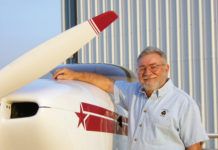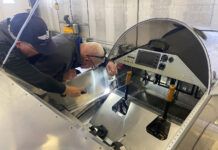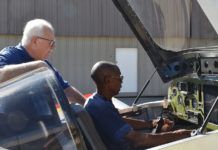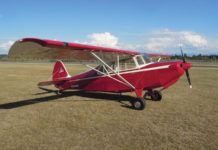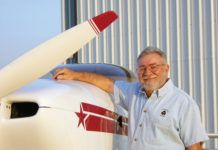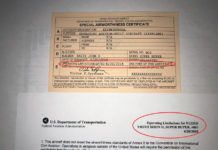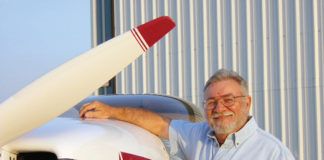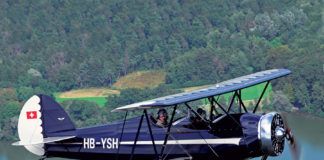Mea Culpa
I know my eyes aren’t what they used to be, but for the life of me, I can’t find the circuit diagram for Jim Weir’s article this month. Can you point out where it’s located in the magazine?
RIC CANNELLA
What can we say except “Oops”? Ric was one of a number of readers who noted that we forgot to include Jim’s drawing. For those who want to build the circuit, we have posted it online at www.kitplanes.com/headset. The letter volume did let us know that Jim has a good following.
Reducing Engine Weight
As I read Tom Wilson’s article on weight savings of race engines, I thought about a couple of points: 1) Ly-Con reduces a significant amount of weight by removing excess metal bulk. 2) Much of this weight drop does not come with an impact to TBO. If this is the case, why doesn’t Lycoming re-tool and produce engines that are 15-30 pounds lighter right from the factory?
DAVID HALMOS
Author Tom Wilson responds: Easy as it seems for Lycoming and Continental to whittle off unused metal, it means increased machining steps that cost money. Also, non-aerobatic aircraft are fine with a lightened prop flange while aerobatic engines need solid flanges, leading to two part numbers for the engine maker, which increases inventory costs. Then there are whatever certification costs to deal with. In the end, it’s less expensive for everyone and more profitable for the engine maker to avoid such extra work. It does give the aftermarket engine shops a good niche, however.
Transponders and Airspace
I really like the magazine and the Ask the DAR column, but there is a misleading bit in the March issue. A transponder is required to operate in Class B and C airspace, above the lateral limits of Class B or C airspace, inside the Mode-C veil around Class B airports, and above 10,000 feet MSL and 2500 feet AGL. That leaves a lot of airspace to operate an aircraft with an electrical system without a transponder.
KNUTE JOHNSON
DAR Mel Asberry responds: Instead of referencing most airspace, I should have said most aircraft. Let me explain my reasoning a bit. Although there is a lot of U.S. airspace where a transponder is not required, few pilots fly only in this airspace. The majority of pilots, at one time or another, fly into or around class A, B, or C airspace or within a Mode-C veil. These are the places where an operating transponder is required. If you never go near this airspace, then no, you don’t need a transponder. But in my opinion, these pilots are in the minority.
Cowls, Baffles and Intake Air
A good article, but I do have one thing to add: If you copy an existing cowl and cooling design, make sure it’s from a similar plane that flies at similar speeds. A cooling system that works well on a fast plane like a KR-2 may be inadequate for a slower plane like a Pietenpol.
DAN BRANSTROM
Author Dave Prizio responds: I think Dan makes a good point that perhaps I did not make clearly enough. My experiences sorting out the cooling problems with my Cub certainly bear that out.
Write to [email protected] or mail a piece of your mind to:
KITPLANES, P.O. Box 856, Friendswood, TX 77549, USA

